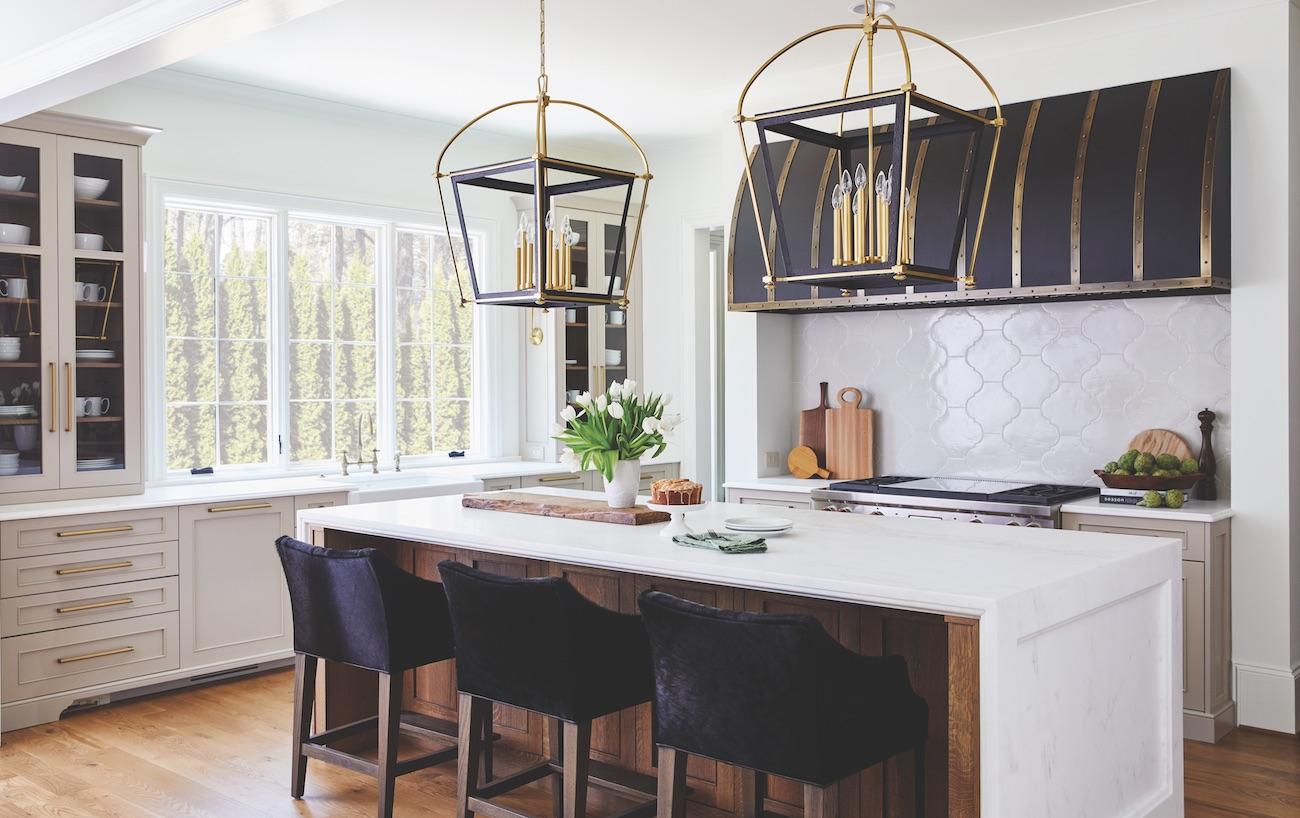Design clients can be categorized in any number of ways, but grouping them by generation can tell designers a lot about their lifestyle priorities, spending habits and design tastes.
Millennials, falling between the ages of 25 and 40, are out of college, starting families and buying their first homes. Generation X, born between 1965 and 1980, are feeling the effects of empty nests. Not quite retirement age, they are entering a new phase of life as their children move out and their homes are quieter. Baby Boomers, currently between the ages of 57 and 75, are nearing or in their retirement, enjoying the fruits of their labor. While there are myriad differences between these generations, one constant is each group’s need for design that fits their specific lifestyles.
The older two generations are most likely to pay for design services, “especially in the luxury market,” says Vicky Serany, Founder and Principal of Southern Studio Interior Design.
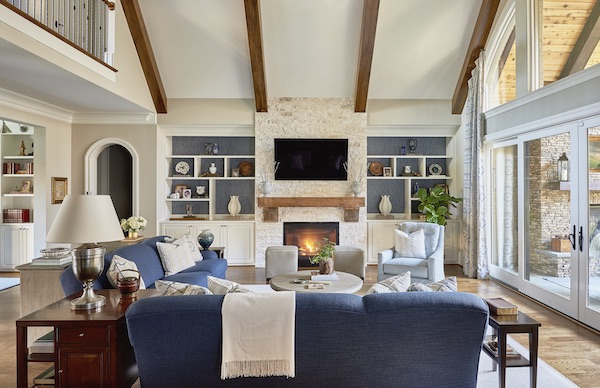
“This group is typically established in their careers and has the ability to afford the luxury service,” she says. “Baby Boomers have typically sacrificed for their families for many years and finally have the ability to shift their focus to their forever homes.”
This lifelong sacrifice and work ethic contributes to their need and ability for Baby Boomers to hire professionals to give them what they need from their homes.
“They know how to delegate, and many are at a stage where they are ready to renovate existing spaces now that their children have left the nest,” says Kathleen Walsh, Principal of Kathleen Walsh Interiors. “Others are downsizing a primary residence or purchasing their dream vacation home.”
A do-it-yourself mentality may contribute to Generation X’s likelihood to hire a designer.
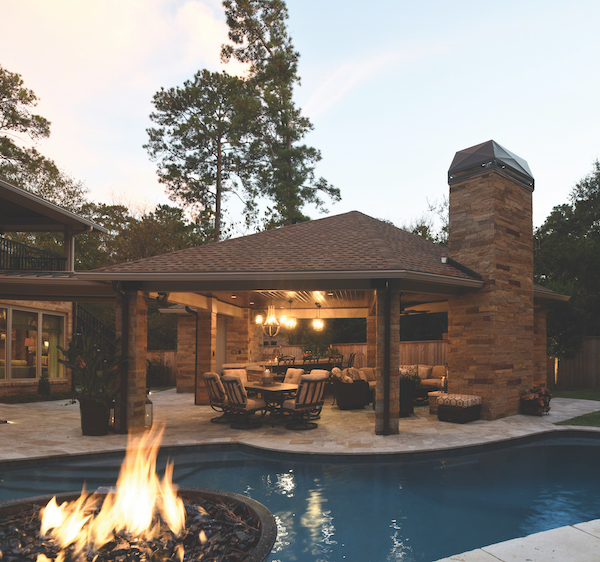
“My parents, who grew up in somewhat of the Depression era, always did what they could do and wouldn’t pay someone else to do what they were capable of,” says Nancy Charbonneau, Principal Designer and CEO of Charbonneau Interiors. “The Gen X people, we grew up with parents like that, so we have gone the other direction. We like to hire people to do things that we don’t have time for because of our careers and because we have more resources to hire professionals.” Millennials, she says, who are more in tune with social media, see how accessible the DIY lifestyle is, and are more likely to take on projects on their own.
The State of the Nest
As children of older Gen Xers and younger Baby Boomers move out, these generations are able to create a space that caters to them, rather than the needs of their children.
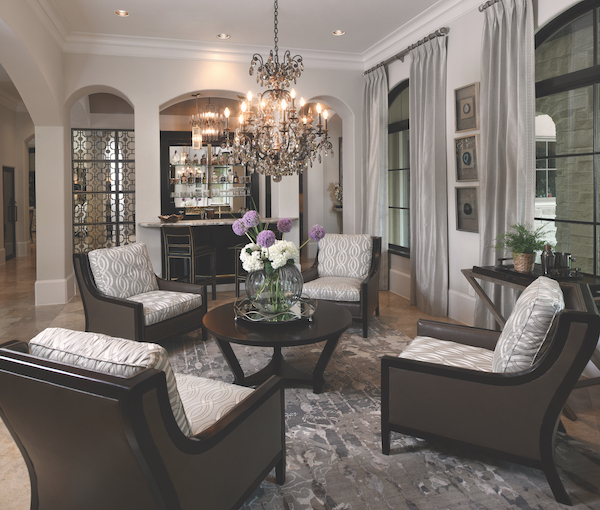
“We are seeing a big trend with these empty nesters, making their houses super fun for their friends, but also making their home a place that their adult children and grandchildren want to come visit,” Charbonneau says. “I find myself doing the same thing. My kids are finally out of the house. I finally don’t have to worry about making my house super family-friendly. Now I can make it really what I want with things that suit the gatherings I have with my friends.”
More casual living spaces with lounge seating are taking precedence over formal living rooms, for example. Ultimately, older generations are prioritizing the spaces in which they plan to spend the most time.
“Kitchens with large central islands and state-of-the-art appliances are priorities for Generation X and Baby Boomers,” Serany says. “Outdoor living spaces complete with beautiful fireplaces, functional kitchens, televisions and even heaters manage to bring all of the conveniences of the indoors to the fresh air outdoors for Generation X and Baby Boomer too.”
But, as Charbonneau noted, Boomers and Gen Xers also have to account for visitors, namely their children and grandchildren who might come to visit.
“This age group often has grown children and grandchildren and wants to ensure there is enough space for everyone to visit, comfortably,” says Walsh. “Bedroom count, a large living room and eat-in kitchen are priorities. They are also looking for some separation between themselves and their family — whether it translates into more compound living or a more spacious master suite.”
Millennials who are buying houses and starting families have more options available to them than previous generations when it comes to material technology.
“It’s an exciting time for them because there are so many amazing materials right now that are performance and family friendly and pet friendly,” Charbonneau says. “They’re benefiting from the trend of getting to have all these life-proof options, where you can have a white sofa with young kids and pets. We really didn’t have that when I had kids.”
What’s Old Is New
Across the board, clients are seeking features and floor plans that fit their lifestyles, particularly as COVID-19 continues to impact people’s daily lives. While open-concept floor plans have traditionally been marketed to Millennials as the hot layout, Walsh challenges her younger clients to think about incorporating more walls and doors for privacy as working from home becomes more prevalent.

Serany says her Gen X clients are also looking for features that enhance their pandemic-influenced lifestyles, such as functional home offices and updated kitchens. Her Boomer clients are looking for single-floor living spaces, with the master suite on the main floor.
In color palettes, Millennials are gravitating toward dark browns and neutrals, with an occasional pop of color and pattern. Charbonneau cites the popularity of Millennial Pink and Sherwin-Williams’ 2021 Color of the Year, Urbane Bronze, as two examples of colors that were popular decades ago.
“It’s interesting seeing all of these things coming back around that the Millennials love because it’s all fresh and new to them because they didn’t have all this before,” she says. “I think that that same concept applies to the other generational groups where the Baby Boomers are just now starting to embrace the neutral grays and they like the easy feel of the monochromatic look of the neutrals. Millennials are ready for all the color and the rich jewel tones again because they’ve had the neutral.”
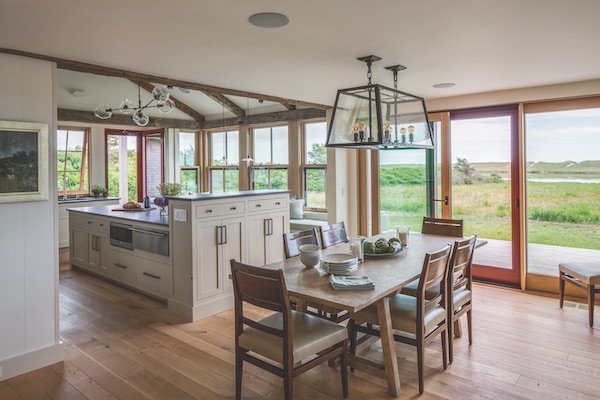
In addition to soft neutrals, Boomers are gravitating toward calming shades.
“[Baby Boomers] often seek more soothing colors — think light blues with purple undertones,” Walsh says. “They see their space as a true sanctuary and often choose colors to reflect that vibe. They also like a connection between indoor and outdoor. We are oftentimes responding to what is outside for our clients, especially those that live outside of cities.”
Working Together
Beyond acknowledging what might be trending for each generation, bear in mind that the design process is highly personal, and catering to each clients’ unique tastes is the ultimate goal. Walsh and her team have a three-part process that they complete with each client to find out how they truly live.
“We start with a Q&A exercise that helps us really understand the way our client lives,” Walsh says. “We ask everything from the height of their tallest boot to the number of guests they host on Thanksgiving. This helps us dig into their lifestyle and ultimately offers a better design.”
Then, they spend a day visiting showrooms, sitting on furniture and testing out pieces to help determine style and comfort preferences. Finally, they go through a “color exploration” exercise identifying the client’s gut reaction to colors and patterns. All of this helps the team better understand the client’s design preferences and lifestyle and ultimately leads to a more personalized design experience.
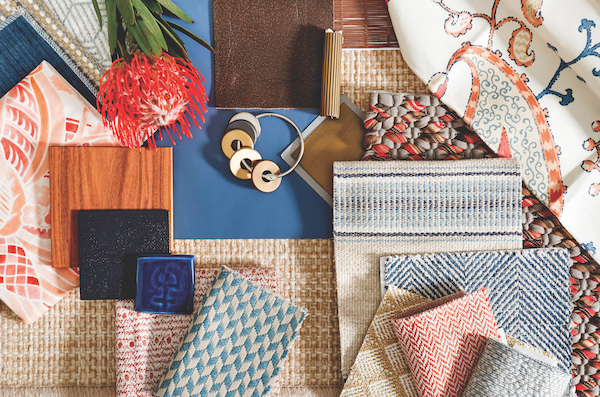
Having a design team that spans generations can also help create a cohesive design experience for clients, according to Serany.
“We naturally tend to connect with clients of similar age and lifestyle,” she says. “Our firm has a collaborative design team that thrives on our variety of ages. Our younger designers provide a fresh, youthful perspective that older clients value. Our more mature designers offer experience and proven design concepts. The combination is a win-win for clients of all ages.”
While it can be easy to make quick generalizations about generations and their design preferences, each design should be reflective of the individual client.
“At the end of the day, the end goal as an interior designer is, regardless of generation, we ultimately want to create a beautiful place that people love to be in that reflects the person who lives there,” Charbonneau says. “How we might get there will be different with each client, but creating that relationship, shifting perspective and understanding what drives the client is really the key for all three of those generations.”



